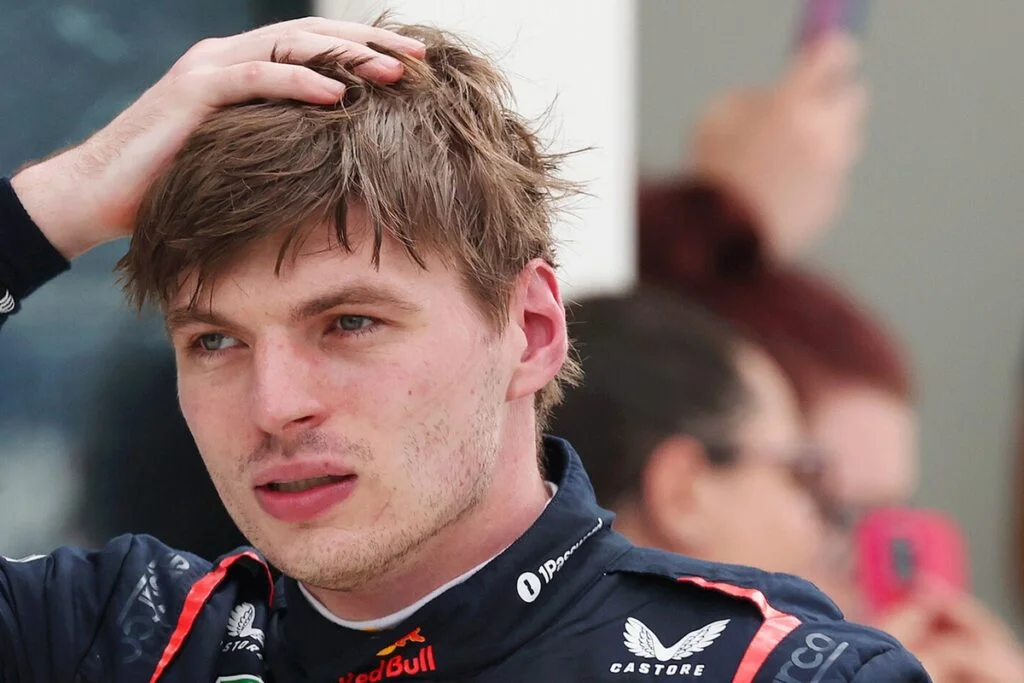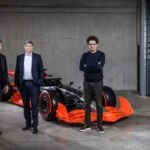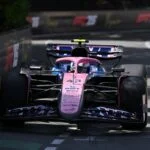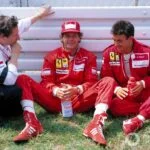McLaren’s Edge Over Red Bull in the 2025 Formula 1 Season
The pattern after the first six races of the 2025 Formula 1 season has become clear: Max Verstappen can challenge McLaren on a single lap, but over a full race distance, he and Red Bull simply lack the necessary tools to keep pace with the “papaya cars.
The Reason Behind the Smaller Gaps in Qualifying
The smaller gaps between Verstappen and the McLaren drivers in qualifying can be attributed to two factors. First, Verstappen extracts maximum performance from the RB21, allowing him to push the car harder during a qualifying lap without tire wear being a limiting factor. This has earned him pole positions at Suzuka, Jeddah, and most recently Miami.
The second reason lies in the McLaren car itself. According to team boss Andrea Stella, the MCL39 is challenging to handle over a single lap, particularly due to unpredictability on the front axle. This leads to lock-ups and explains why Oscar Piastri and Lando Norris haven’t always extracted the maximum from their car in Q3.
McLaren’s Strength Shines During Races
These issues are less pronounced during races, as the car isn’t pushed to its limit as much. This makes the car more predictable and highlights McLaren‘s strongest asset: managing the Pirelli tires. Stella referred to this as the “black art” in F1.
In hot conditions, when consecutive laps are run with some tire degradation, the McLaren car performs exceptionally well. Stella attributes this to targeted engineering work.
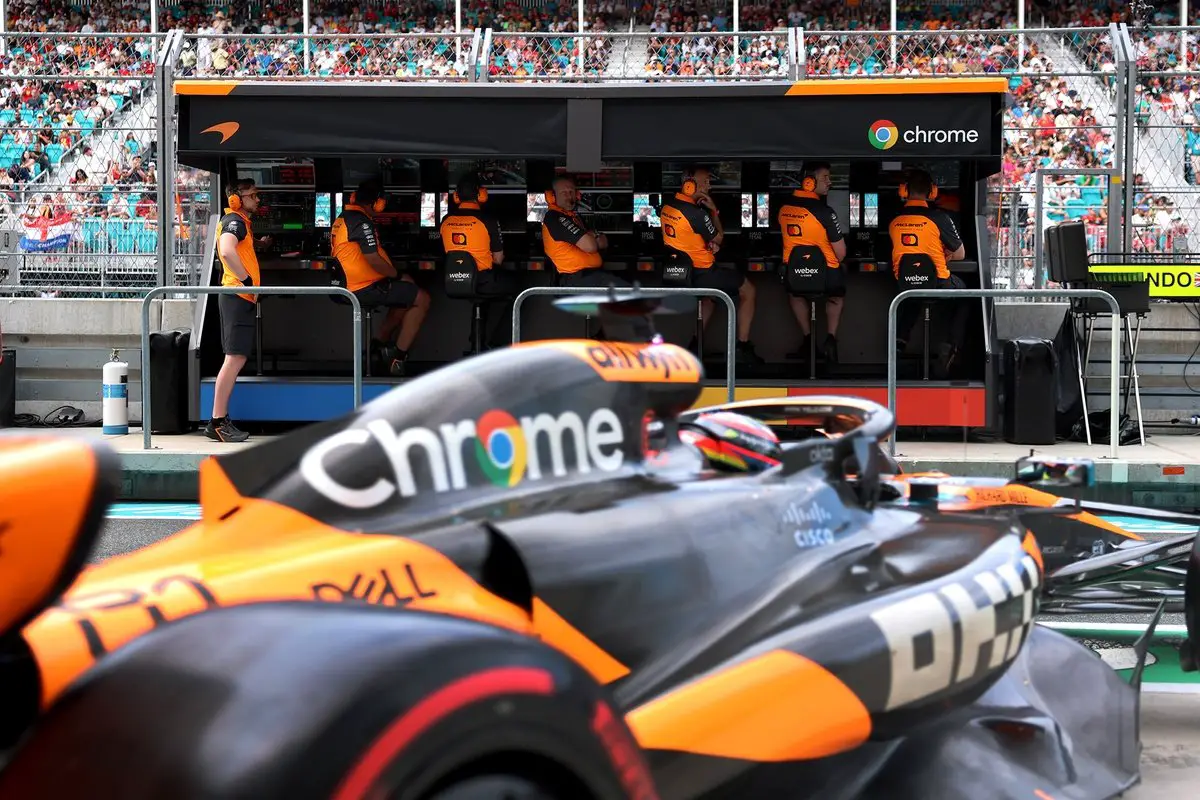
Bahrain and Miami Are Reality Checks for Red Bull
This trend is consistent with the data. Verstappen has been able to compete most closely with the McLaren cars in Japan and Saudi Arabia, and that’s no coincidence. In Suzuka, he could capitalize on his pole position as overtaking was nearly impossible, while the ultra-fast Jeddah Corniche Circuit has proven atypical in multiple ways.
The layout is highly specific, with a sequence of fast corners that suit the RB21, and traditionally, tire wear is very low in Jeddah, playing into Verstappen and Red Bull’s hands. It’s therefore not entirely accurate for Christian Horner to use this race to emphasize that the performance can vary from track to track, as Jeddah has been an outlier in a way and doesn’t negate Red Bull’s structural issues.
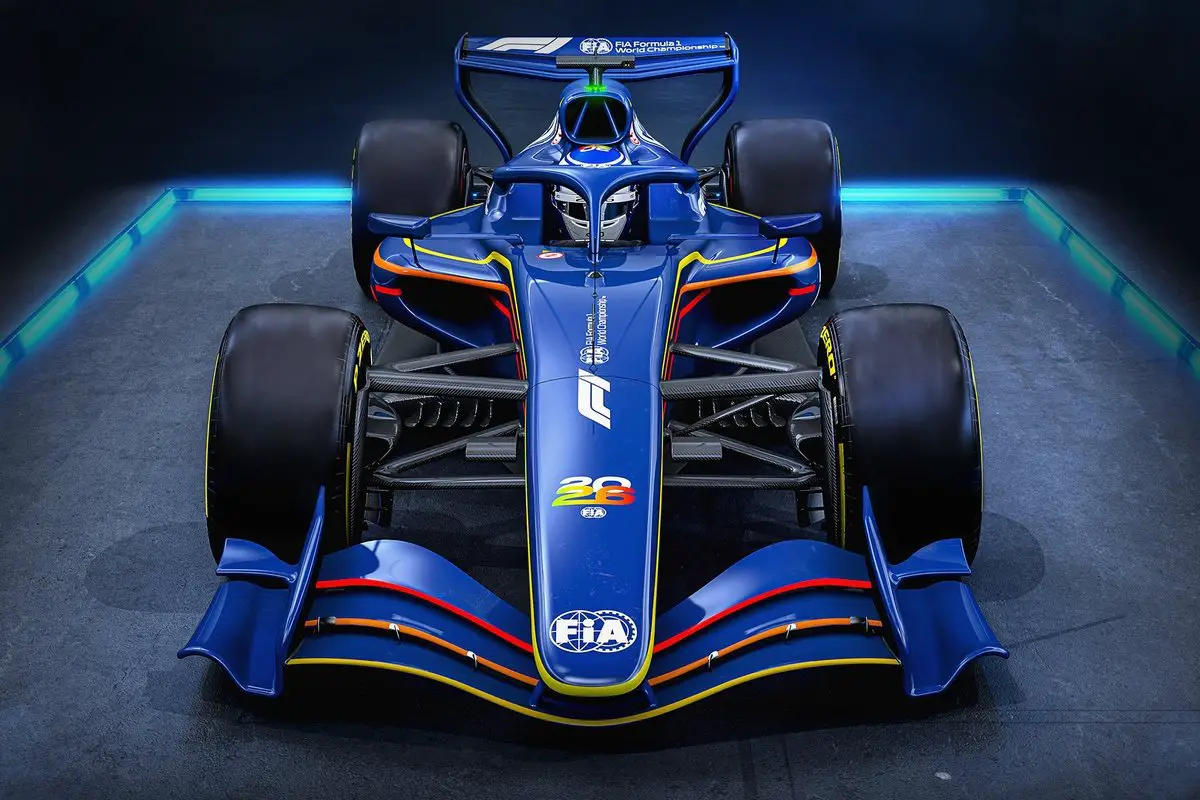
Red Bull’s Structural Issues Highlighted
These structural issues have been highlighted in Bahrain and Miami. Both races were held in high temperatures, with tire wear playing a significant role. In both races, the Red Bull drivers’ tires overheated quickly, leading to significantly higher wear compared to McLaren.
Verstappen’s Observations on McLaren’s Tyre Management
Verstappen has noticed McLaren‘s superior tyre management and mentioned it during the Dutch media session: “If you see what does with the tires, then we are all doing something wrong.” According to the four-time world champion, the effect can be seen on many occasions: “You saw it on intermediates in the rain as well. As soon as the tires overheat, they have a massive advantage.
The Search for McLaren’s Tyre Secret Continues
The key question is what exactly McLaren is doing and whether this can be replicated by competitors in the current season. “We’re doing our best to solve that, but some things take a bit longer to understand. And then actually producing it is another story,” Verstappen told Motorsport.com.
The first step, as Verstappen mentions, is understanding what McLaren is doing. The focus is on the brakes, more specifically on the brake drums. It is understood that Red Bull has looked at some thermal images obtained from an outside party, which have shown interesting “blue” spots – indicating that certain parts of the brake drums are remarkably cold compared to others.
This can help prevent the heat from the brakes being transferred to the wheel rims and the tires, and thus preventing them from overheating. The FIA inspected the McLaren car and the brake system after the Miami Grand Prix, although it’s important to stress that this was part of the usual post-race checks.
The Race for Knowledge Continues
It means that competitors must continue their search for McLaren‘s tyre secret, though there are two complicating factors in that: the budget cap and the fact that teams must eventually shift their focus to 2026, limiting the ability to invest endlessly in this year’s car.
A topic beyond F1 2025? Knowledge partially transferrable to 2026 It’s crucial for Red Bull to at least understand this aspect, as the implications go beyond 2025 and Stella acknowledges that the current knowledge can partially be carried over into 2026.
While the cars will be completely different, the tyres will be different, and everything will be based on a new set of regulations, according to Stella, the basic principles can still be applied. “I think there are some fundamentals that you can carry over, some fundamentals in terms of understanding that you can carry over into next year’s car,” he said. “Some other aspects we will have to understand how to transfer them from this car to next year’s car, for instance the aerodynamic aspects that influence the behaviour of the tyres.
Horner also recognizes it as a potential key to success, not just for the remainder of this season, but also the longer term: “If you look at the data after the race, all the cars faced similar problems. But McLaren can manage these things much better.” It emphasizes that ’s dominance isn’t just about the wings. Stricter front wing tests come into play in Barcelona in June, and Red Bull still believe that it can affect the pecking order, but this aspect might be even more interesting.
On this front, there is no FIA intervention in sight for now, meaning that the opposition needs to find ways to improve its tire wear – at least for hot and high-deg races. It’s essential in two ways for the likes of Red Bull. First, to give Verstappen the tools he needs to fight for the 2025 crown and secondly, to take that knowledge into the upcoming years.
The current picture above all confirms: the “black art” that Stella speaks of is of undeniable importance in modern F1 and McLaren is the absolute master of it at the moment.

